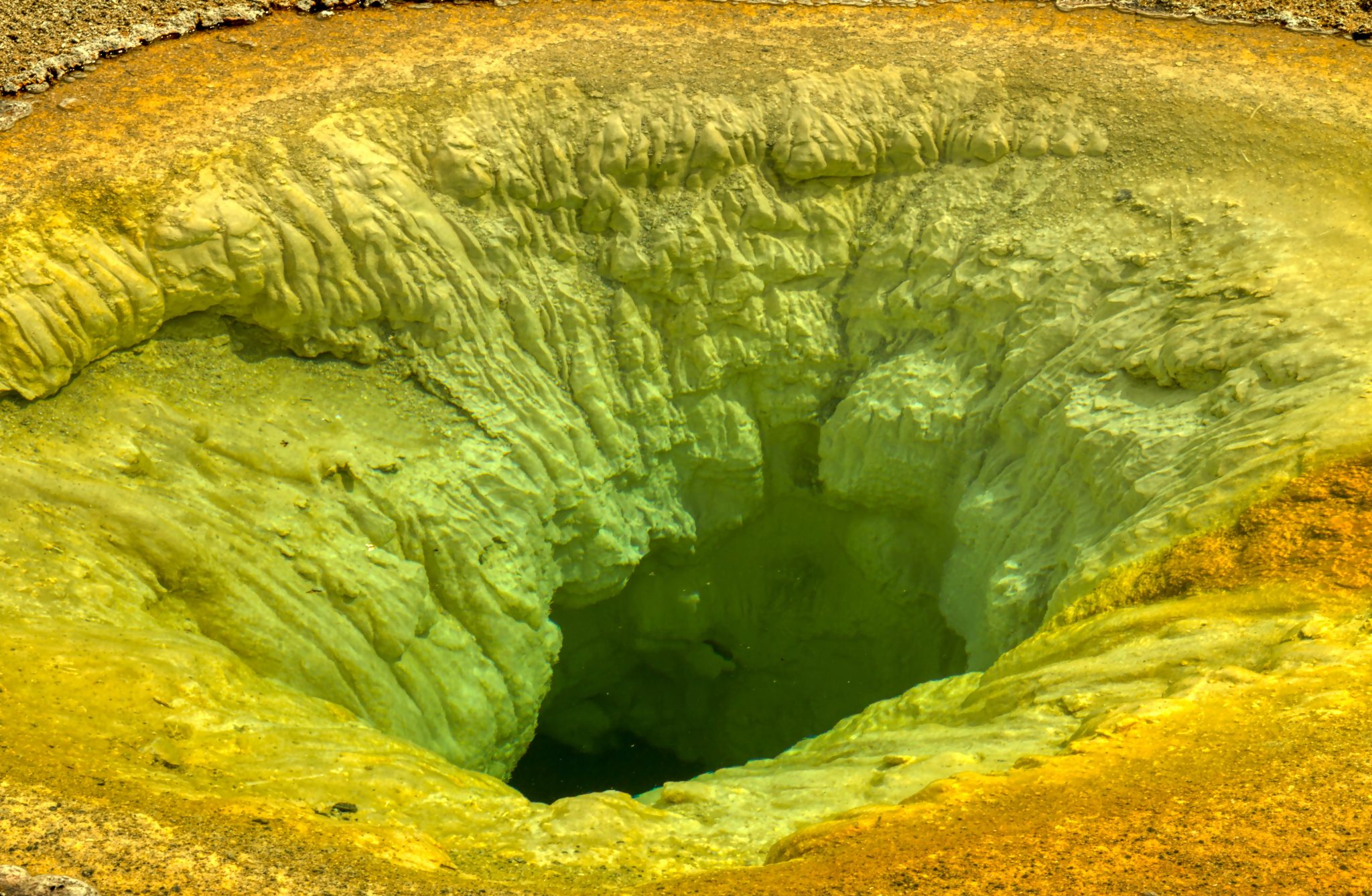Yellowstone’s Supervolcano Has an Unexpectedly High Magma Amount

Research released on Thursday in the journal Science reveals that one of the magma reservoirs beneath the Yellowstone Caldera, a vast crater and supervolcano, contains more liquid molten rock than originally expected. Scientists can tell how near a volcano is to exploding by measuring the amount of molten rock beneath it. Yellowstone may have more liquid magma beneath it than scientists first thought, but this doesn’t mean an eruption is imminent.
The more molten or liquid the magma is, the more probable a volcano would erupt. Magma is made up of rocks and crystals at different degrees of solidity. Underneath the Yellowstone Caldera, there are two major magma reservoirs, one between three and ten miles under the surface and the other between twelve and thirty miles below the surface.
Earlier studies suggested that the shallower reservoir was essentially solid, with just about 5 to 15 percent melted rock. However, after re-analyzing existing seismic data from the past 20 years using cutting-edge supercomputers, scientists now think that percentage is actually closer to 16-20%. That’s still a long way from the 35–50% liquid magma concentration that experts say is necessary to ignite an eruption.
The Yellowstone supervolcano is one of the world’s largest volcanoes, and it may be found in Yellowstone National Park in northwest Wyoming. Over the previous 2.1 million years, it has erupted several times, including three major eruptions that blanketed the area in ash. One of these eruptions occurred some 631,000 years ago, leaving behind the Yellowstone Caldera, which is 30 by 45 miles in size.
Seismic waves generated by earthquakes travel to seismometers on Earth’s surface after passing through many layers of the planet’s interior. Because the waves slow down as they reach magma, scientists can use the time it takes for the waves to approach the seismometers as a proxy for the volume of magma beneath the surface.
Historical studies have generally believed that seismic waves travel in a straight path from the epicenter to the seismometer. However, there is a lot more complexity to their trip than meets the eye.
0 comments